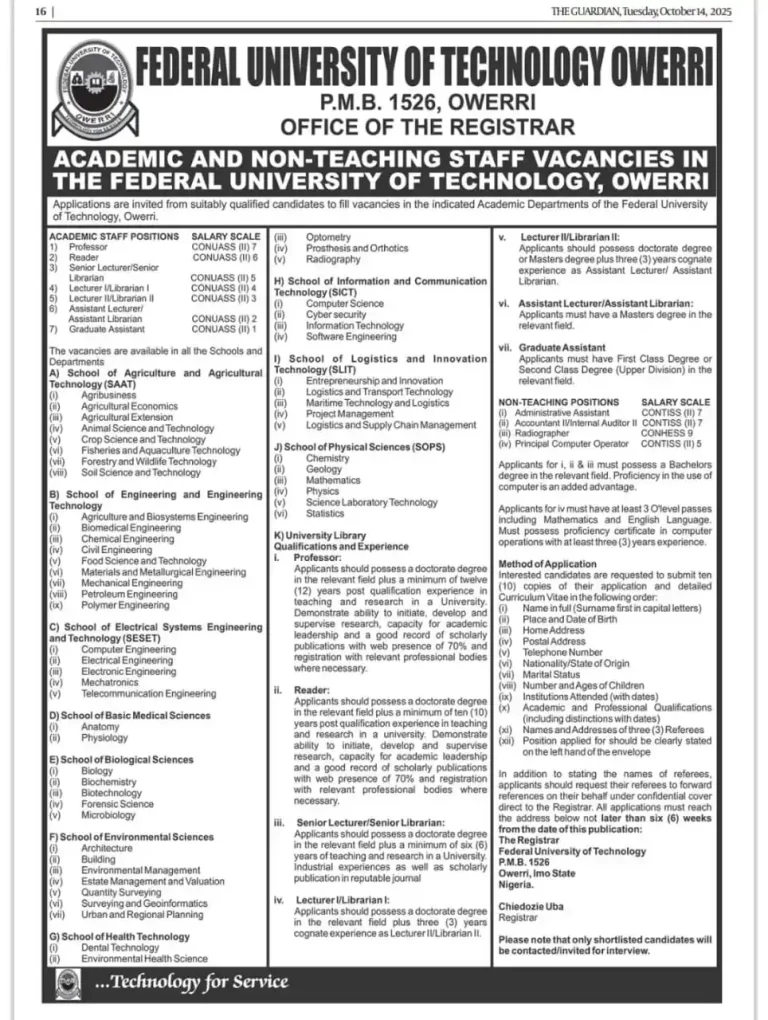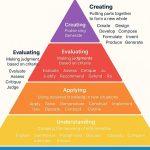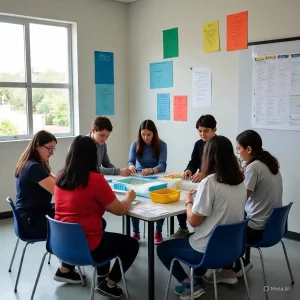
What is an Activity-Based Curriculum? A Comprehensive Guide for Educators
Discover the power of an activity-based curriculum. Learn its definition, key benefits, and practical examples for a more engaging and effective classroom.
Introduction
Picture this: you’re standing in front of a classroom full of students. Some are doodling, some are staring out the window, and only a handful seem to be following the lesson. You’ve explained the topic clearly, but the disengagement is obvious. Sound familiar?
This challenge is one most educators face today—students struggling to connect with rote memorization and traditional lectures. The truth is, children and young adults learn best when they are actively involved in the process. This is where the activity-based curriculum comes in.
Instead of simply listening to information, students in an activity-based classroom learn by doing. They experiment, create, role-play, and problem-solve. The result? Deeper understanding, higher engagement, and a classroom full of curious learners.
In this comprehensive guide, we’ll explore what an activity-based curriculum is, its principles, transformative benefits, practical steps for implementation, and real-world examples teachers can start using right away. Whether you’re a teacher, school administrator, curriculum developer, or even a parent curious about modern education, this guide is for you.
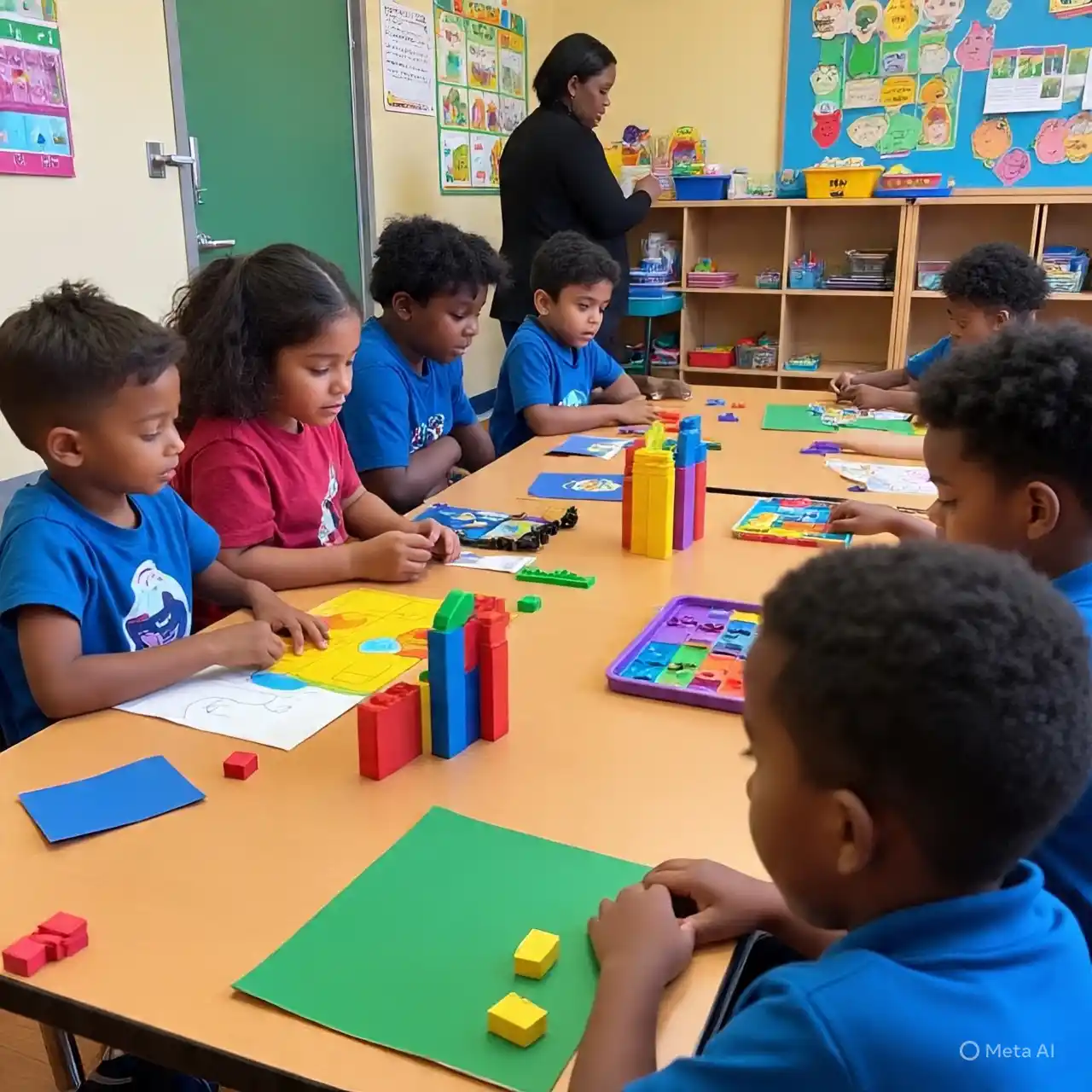
What Exactly is an Activity-Based Curriculum?
At its core, an activity-based curriculum is a teaching approach that places students at the center of learning. Instead of absorbing information passively, learners actively engage in tasks, projects, experiments, and discussions that help them understand concepts in a practical way.
It emphasizes learning by doing—a philosophy supported by educational pioneers like John Dewey and Jean Piaget, who believed knowledge is best constructed through experience.
Key Features of an Activity-Based Curriculum:
- Hands-on tasks and real-life applications
- Project-based learning opportunities
- Inquiry-driven exploration and experimentation
- Collaborative group work and problem-solving
Traditional vs. Activity-Based Curriculum
| Aspect | Traditional Curriculum | Activity-Based Curriculum |
|---|---|---|
| Teacher’s Role | Instructor, authority, source of knowledge | Facilitator, coach, guide |
| Student’s Role | Passive listener, receiver of information | Active participant, creator of knowledge |
| Learning Focus | Memorization, standardized testing | Exploration, critical thinking, real-world use |
| Assessment | Exams, tests, grades | Projects, presentations, portfolios |
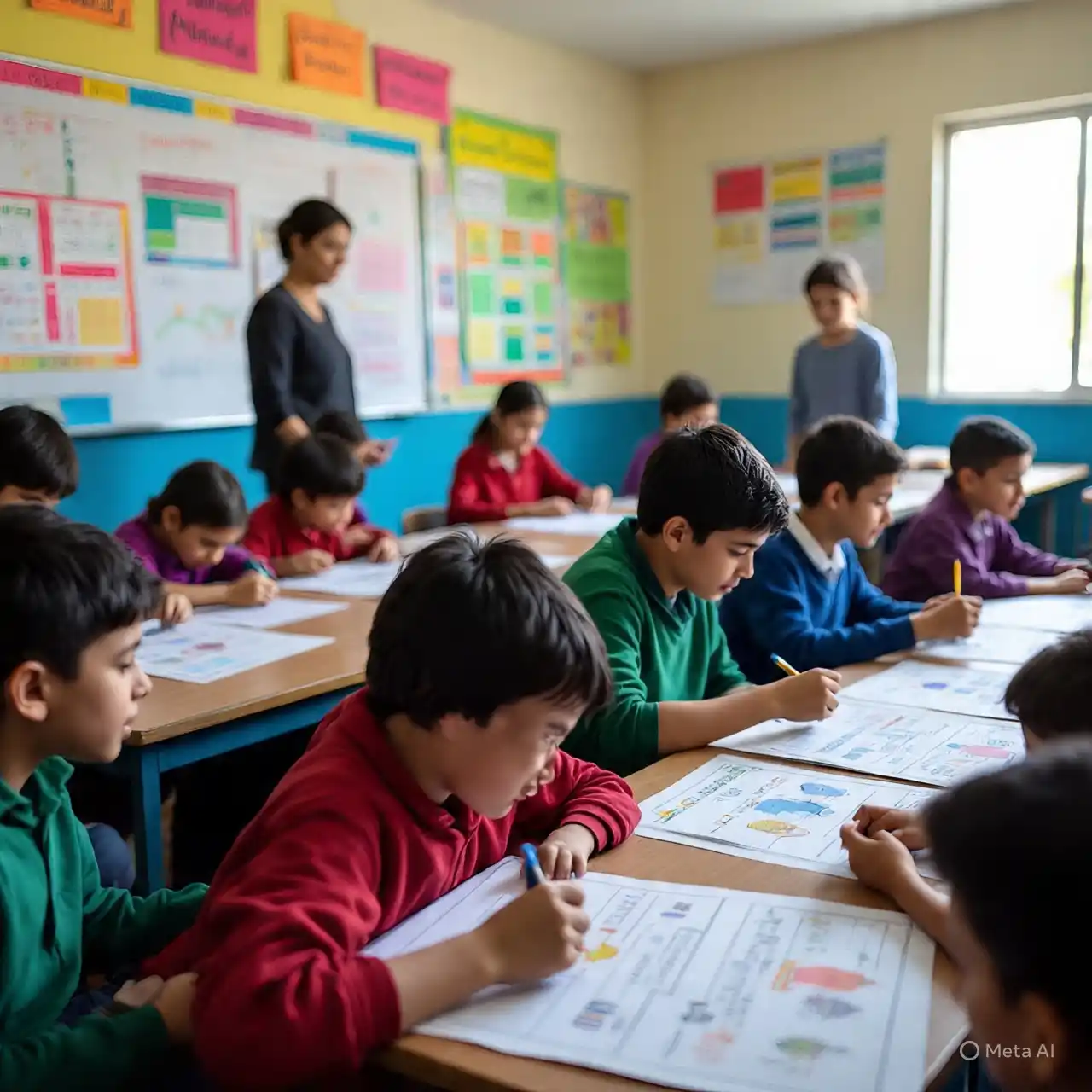
In short, activity-based learning flips the classroom from teacher-centered to student-centered, aligning with modern educational pedagogy.
The Core Principles of Activity-Based Learning
To truly grasp how an activity-based curriculum works, it’s important to understand the principles that guide it.
1. Learner-Centric Approach
The student is not a passive listener but an active explorer. The curriculum is built around their needs, interests, and pace of learning. For instance, instead of telling students about the water cycle, they could simulate it with an experiment.
2. Experiential Learning
“Learning by doing” is the foundation. Students engage directly with activities that mirror real-life situations. A social studies class might involve simulating a town meeting where students play the roles of citizens, leaders, and journalists.
3. Integrated Subject Knowledge
Subjects aren’t taught in isolation. Instead, activities weave together different disciplines. For example, building a small garden involves science (plant biology), math (measuring growth), and writing (keeping a reflective journal).
4. Collaborative and Social Learning
Group work plays a major role. Students share ideas, solve problems together, and learn communication skills that are crucial for life beyond the classroom. This not only boosts teamwork but also builds empathy and confidence.
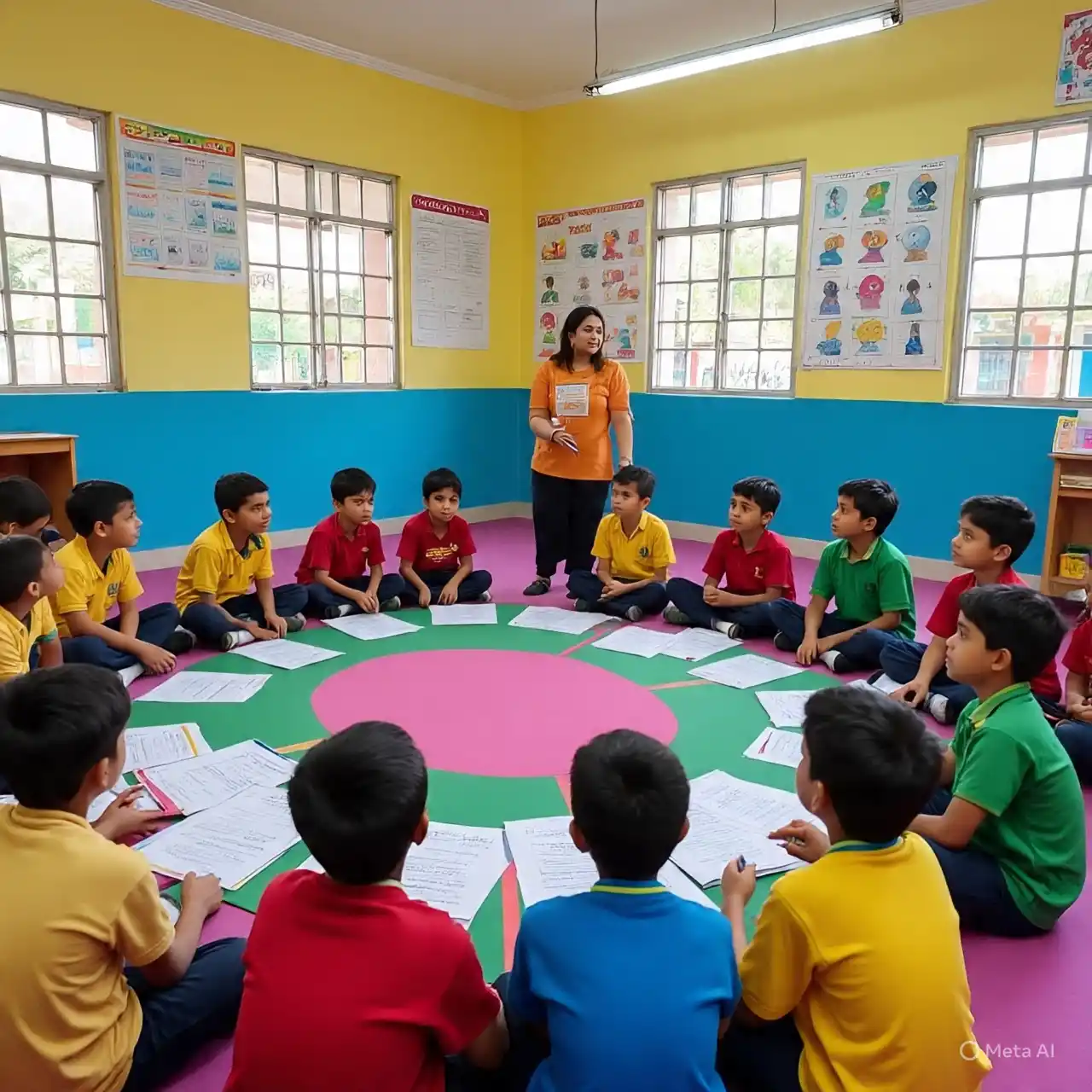
The Transformative Benefits of an Activity-Based Curriculum
So, why does this method matter? The benefits are far-reaching and go well beyond academics.
1. Enhances Student Engagement and Motivation
Hands-on activities transform abstract concepts into tangible experiences. When students build, act, or experiment, they see immediate results, sparking curiosity and motivation.
2. Fosters Critical Thinking and Problem-Solving Skills
Rather than recalling facts, students face real-world challenges that demand innovative solutions. For example, in a science activity about pollution, they might be tasked with creating a cost-effective water filter.
3. Improves Retention and Deeper Understanding
Studies show students remember 90% of what they do, compared to only 10% of what they hear. By actively engaging, they retain knowledge longer and apply it more effectively.
4. Develops Essential 21st-Century Skills
Activity-based learning helps students build communication, creativity, collaboration, and adaptability—skills demanded in today’s job market.
5. Caters to Diverse Learning Styles
Not every student thrives in a lecture environment. Kinesthetic learners excel with hands-on tasks, while visual learners benefit from projects like charts or digital storytelling. This inclusivity ensures that every student has a fair chance to succeed.
How to Implement an Activity-Based Curriculum in Your Classroom
Shifting from traditional methods to an activity-based approach may feel overwhelming at first. But with structured planning, any teacher can start small and expand gradually.
1. Start with a Learning Objective, Not a Topic
Instead of saying, “I’ll teach the solar system,” reframe it as: “By the end of this activity, students should be able to demonstrate how planets orbit the sun.” This outcome-driven mindset guides the activity design.
2. Design Meaningful, Hands-On Activities
Choose activities that directly connect to the learning goal.
- Science: Build a working model of a volcano to study chemical reactions.
- Social Studies: Role-play a historical debate (e.g., independence leaders vs. colonial governors).
- Math: Create a “classroom store” where students buy and sell using real or play money.
- Language Arts: Produce a podcast or digital story around a local issue.
3. Facilitate, Don’t Dictate
Your role shifts to that of a guide. Encourage exploration, provide hints, and create a safe environment for trial and error rather than delivering answers outright.
4. Integrate Assessment for Learning
Move beyond tests. Use project rubrics, portfolios, peer feedback, and teacher observation. For instance, students presenting a group project could be graded on creativity, teamwork, and practical application of concepts.
5. Encourage Reflection
After activities, hold discussions where students share what worked, what didn’t, and what they learned. Reflection consolidates knowledge and improves critical thinking.
Key Concepts of Activity-Based Curriculum Design
An activity-based curriculum is built around three powerful ideas that drive student-centered learning:
- Experimentation – Students learn by doing, engaging in hands-on experiments that allow them to test ideas and see results.
- Exploration – Learners gain knowledge and skills by actively investigating their environment, asking questions, and seeking answers.
- Expression – Children are encouraged to share their understanding through creative outlets such as visual projects, role-play, or presentations.
Together, these elements shift learning from theory alone to practical, meaningful experiences.
Why Choose Activity-Based Learning?
Activity-based learning goes beyond textbooks and lectures. It motivates students to take part in their education in ways that feel enjoyable and relevant. The benefits are both immediate and long-term.
Helps Students Retain Knowledge
When students participate both physically and mentally, they remember lessons more effectively. Instead of memorizing facts, they connect concepts to personal experiences—making the learning “stick” longer.
Builds Independent and Inquisitive Learners
This approach fosters curiosity and self-reliance. Students are encouraged to ask questions, investigate problems, and find answers on their own or in small groups. This independence not only deepens critical thinking but also equips them to continue learning outside the classroom.
Supports Social Development
While activity-based learning emphasizes individual responsibility, it also values teamwork. Group projects help learners practice communication, empathy, and cooperation—skills that are essential in professional and social life.
Makes Education Relevant
Children often struggle to see the connection between classroom lessons and real life. Activity-based learning bridges that gap by encouraging students to solve real-world problems. For example, using role-play to understand history or creating a budget to practice math makes education more meaningful.
Encourages Creative Expression
Students are given opportunities to showcase what they’ve learned in diverse ways. Some may prefer building models, others might enjoy storytelling, and some may thrive through oral presentations. This variety ensures that different learning styles are acknowledged and celebrated.
Challenges of Activity-Based Curriculum
While the benefits are clear, activity-based learning also presents challenges that teachers and schools must address:
- Requires Detailed Planning – Activities must be carefully designed to align with learning goals. Poor planning can undermine the effectiveness of the lesson.
- Time-Consuming – Activities often require more time than lectures, making it difficult to use them every day.
- Differences in Student Ability – Not all learners prepare or engage at the same level, which may affect group outcomes.
- Subject Suitability – Some educators argue that activity-based methods are more effective in science and practical subjects than in theoretical ones like history or literature.
Despite these challenges, the approach remains one of the most effective ways to make education engaging and impactful.
Types of Activity-Oriented Curriculum
Activity-based learning can take on different forms depending on how the classroom is structured.
Student-Centered Approach
Here, the student is at the core of the process. Activities are designed to allow learners to investigate, explore, and draw their own conclusions. The teacher acts as a facilitator, guiding but not dictating the process.
Teacher-Centered Approach
In this model, the teacher provides more direction, leading students through structured activities. While less independent, this approach can be useful for younger learners or when introducing new concepts.
Practical Ways to Introduce Activity-Based Curriculum
Teachers can integrate activity-based methods into everyday lessons through creative strategies:
1. Use Real Objects
Instead of abstract numbers on paper, let students use tangible items. For example, bring fruits to a math lesson on addition and subtraction. By buying and selling, students practice arithmetic in a practical setting. Similarly, science experiments with simple household materials can make lessons memorable.
2. Thematic Learning
Transform your classroom into an immersive learning space. For example, decorate it like a “mini market” during an economics lesson or a “planetarium” during a science unit on space. Changing themes every week or two adds excitement and variety.
3. Incorporate Video Lessons
Visuals have a strong impact on learning. Documentaries, educational films, or short animations can reinforce concepts more effectively than long lectures. Video-based lessons also cater to visual and auditory learners.
4. Conduct Interactive Sessions
Encourage open dialogue where students ask questions freely. Even a dedicated Q&A session can make shy students more confident in sharing their thoughts. When learners feel their voices matter, participation naturally increases.
5. Play Puzzles and Educational Games
Games and puzzles combine fun with critical thinking. Word games like Scrabble enhance vocabulary, while logic puzzles sharpen problem-solving skills. Digital platforms such as Funbrain or the British Council’s Learn English site can also make language learning interactive.
6. Assign Projects Regularly
Projects such as science models, history exhibitions, or class podcasts encourage long-term exploration of a subject. They also foster teamwork, time management, and presentation skills.
Real-World Examples of Activity-Based Teaching
Here are a few classroom-tested examples:
Science – The “Water Filtration Project”
Students build their own water filters using sand, charcoal, and gravel. This activity teaches environmental science, problem-solving, and teamwork.
History – The “Living Museum” Role-Play
Students dress up as historical figures and act out their roles in a museum-style presentation. It combines research, creativity, and public speaking.
Math – The “Classroom Store”
Students run a mock store where they practice arithmetic, percentages, and financial literacy. It transforms abstract math into practical life skills.
Language Arts – Podcast or Digital Storytelling
Instead of writing essays alone, students create audio or video projects where they explore themes, interview guests, or narrate personal stories. This enhances creativity and communication.
Final Thoughts
An activity-based curriculum is more than just a teaching technique—it’s a holistic approach to education. By weaving together experimentation, exploration, and expression, it transforms the classroom into a space where students actively participate, question, and create.
While it requires thoughtful planning and creativity from teachers, the rewards are undeniable: higher engagement, better retention, stronger social skills, and lifelong curiosity.
In short, activity-based learning doesn’t just prepare students for exams—it prepares them for life.
Q: What is an Activity-Based Curriculum?
A: An activity-based curriculum is a teaching method that focuses on hands-on learning. Instead of just listening to lectures, students learn by experimenting, creating projects, role-playing, and solving real-life problems.
Q: What are the main benefits of Activity-Based Learning?
A: Some key benefits include better student engagement, improved retention of knowledge, stronger critical thinking skills, and the development of teamwork and creativity. It also supports different learning styles like visual, auditory, and kinesthetic.
Q: Are there any challenges with Activity-Based Curriculum?
A: Yes. It requires detailed planning, extra resources, and more classroom management. It can also be time-consuming and sometimes difficult to assess compared to traditional exams.
Q: At what age or level is Activity-Based Learning most effective?
A: Activity-based methods can be used at any level, but they are especially powerful in early and primary education where children learn best through play, exploration, and hands-on activities.
Q: How is Activity-Based Learning different from traditional teaching?
A: In traditional teaching, students are mostly passive listeners and focus on memorization. In activity-based learning, students are active participants who engage in projects, experiments, and group tasks, leading to deeper understanding.
Q: What are some common types of Activity-Based Learning?
A: Examples include project-based learning, problem-solving activities, case studies, role-play, educational games, and experiential learning such as field trips or lab experiments.
👉 Ready to transform your classroom? Download our free guide to getting started with activity-based learning today!
👉 If you found this guide helpful, please share it with other educators looking to innovate their teaching methods.



